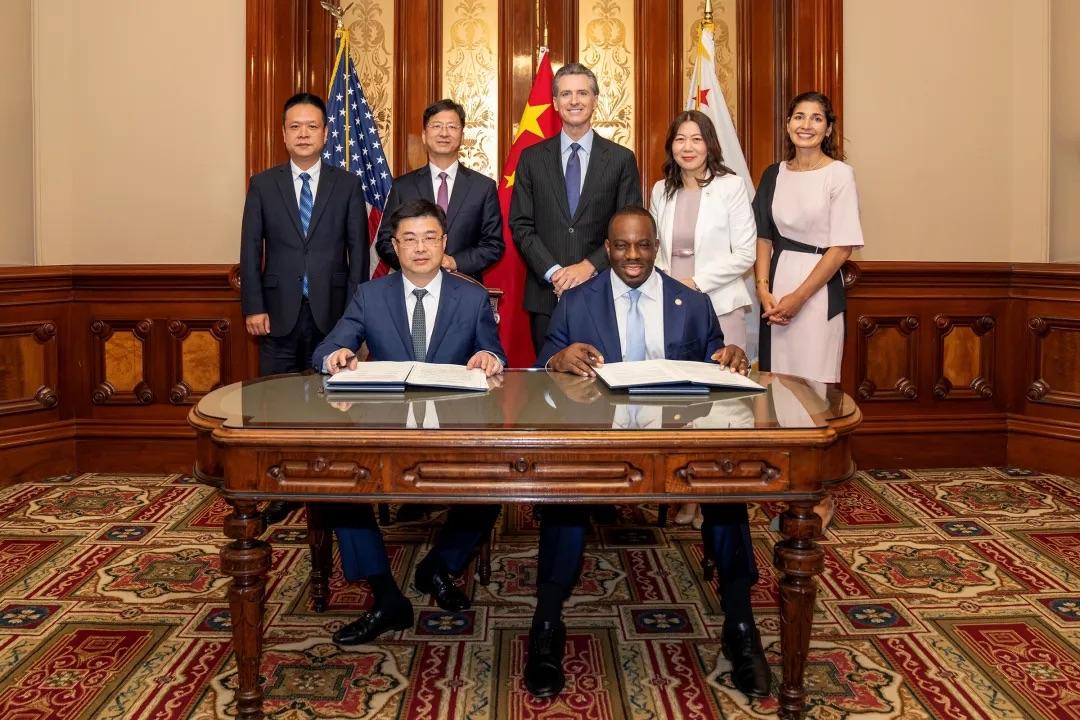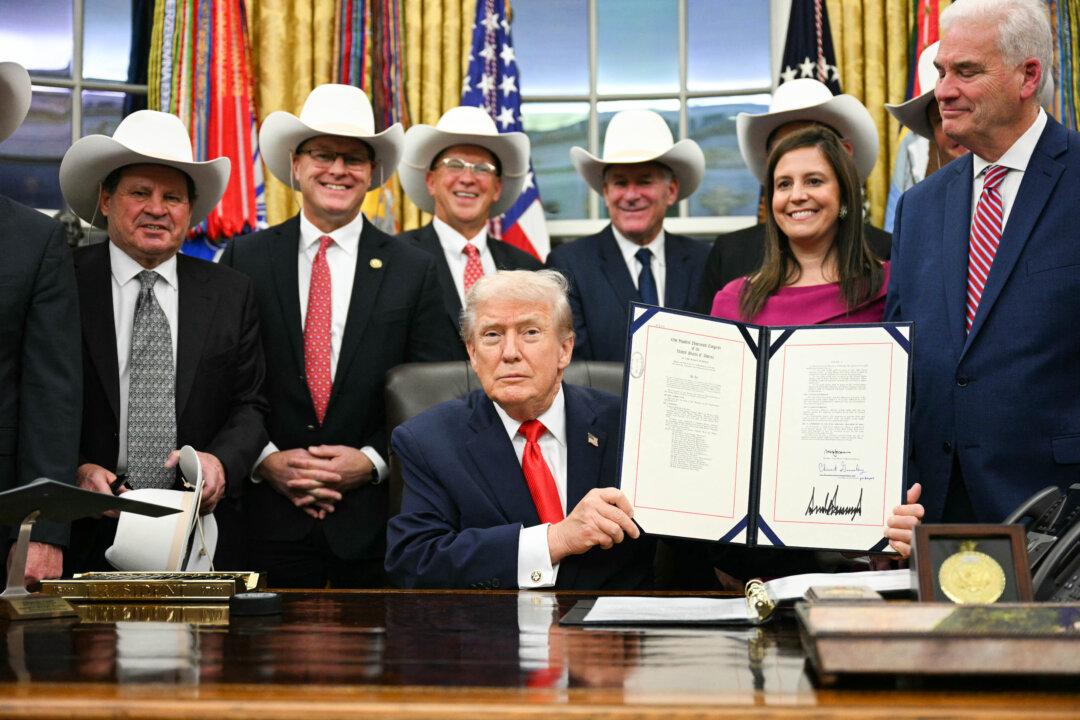Delegates from both California and a provincial government in China came together on Aug. 3 to forge an international agreement outlining shared goals and principles related to reducing carbon emissions, with the document (pdf) signed at an official ceremony.
The agreement, a memorandum of understanding, defines five areas of cooperation between the Golden State and Hainan—China’s southernmost province, and the smallest in terms of geographical size. These areas include reducing air pollution, improving clean energy technologies, advancing zero-emission vehicle production, and accelerating the development and implementation of climate change and carbon neutrality plans.





